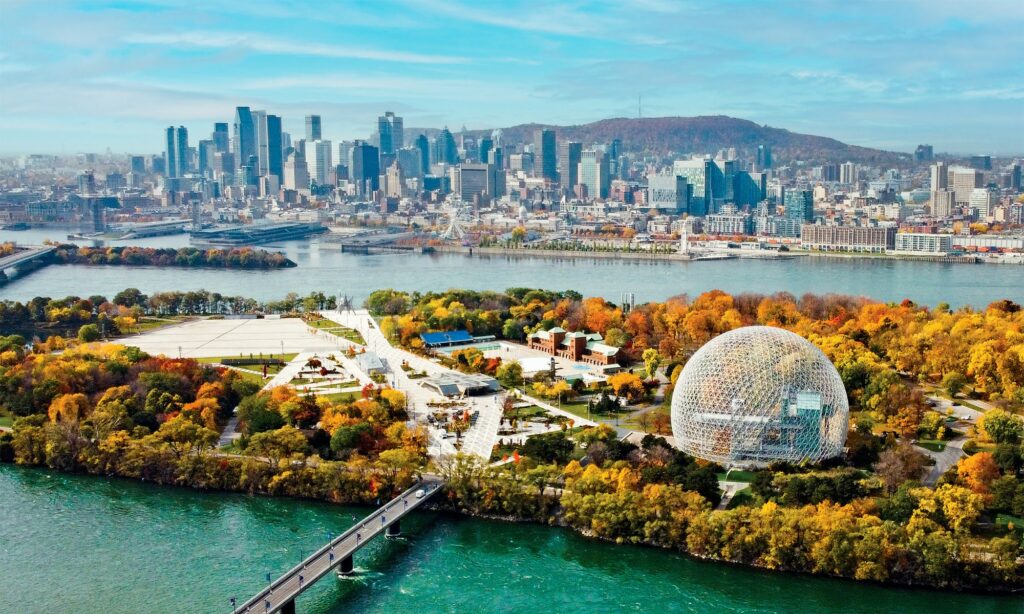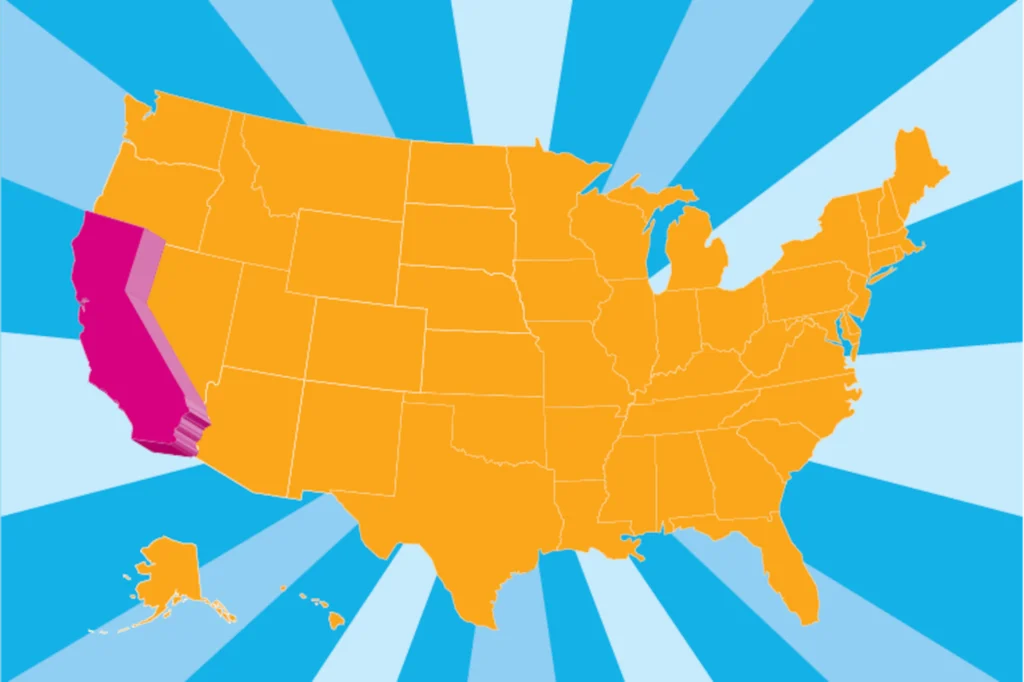The Dual Crisis: CO2 Overload and Microplastic Menace
Oceans absorb about 25% of atmospheric CO2, but they’re reaching saturation. Excess CO2 forms carbonic acid, acidifying waters and devastating coral reefs and shellfish. Meanwhile, microplastics—tiny particles under 5mm—pollute every corner of the sea, entering food chains and harming wildlife.
Traditional solutions fall short. Carbon capture tech is expensive and land-based. Plastic cleanup relies on slow boats or booms. Seaweed offers a scalable alternative: it grows fast, absorbs CO2 via photosynthesis, and sinks carbon to the deep sea when harvested.
- Wild kelp sequesters up to 20 times more CO2 per hectare than forests.
- Microplastics now outnumber stars visible to the naked eye in some ocean patches.
- By 2040, plastics could outweigh fish in the sea if unchecked.
CRISPR Magic: Supercharging Kelp Genetics
CRISPR-Cas9, the Nobel-winning gene-editing tool, lets scientists snip and tweak DNA with precision. Applied to kelp like Macrocystis pyrifera, it creates “sentinels” optimized for battle.
Engineers target genes for growth rate, CO2 uptake, and pollutant affinity. Modified kelp grows 50% faster, reaching maturity in weeks instead of months. Enhanced RuBisCO enzymes—the plant’s CO2-capturing machinery—boost absorption efficiency.
Key Genetic Tweaks
- Hyper-growth genes: Borrowed from fast-growing algae, these accelerate biomass production.
- CO2 super-sinks: Upregulated carbonic anhydrase converts more CO2 into biomass.
- Plastic-binding proteins: Inspired by mussel adhesives, these make fronds sticky for microplastics.
In labs at institutions like the Scripps Institution of Oceanography, prototypes thrive. One strain sequesters 30% more carbon than wild kelp, while another filters 80% of passing microplastics in tank tests.
AI Brains: Sensors and Smart Farm Networks
CRISPR provides the muscle; AI delivers the brains. Underwater sensors dot kelp farms, forming a neural network that monitors real-time data.
These “smart buoys” track pH, temperature, nutrient levels, CO2 concentration, and plastic density. Machine learning algorithms predict optimal growth conditions, adjusting via automated systems.
The AI Ecosystem
- Sensor arrays: IoT devices relay data to cloud AI, spotting issues like nutrient shortages early.
- Drone swarms: Autonomous underwater vehicles (AUVs) harvest mature kelp and deploy seedlines.
- Predictive analytics: AI forecasts blooms, storms, or plastic influxes, optimizing farm layout.
Imagine a farm off California’s coast: AI detects a microplastic plume from a distant river. It signals AUVs to thicken kelp density there, trapping particles before they spread.
How Seaweed Sentinels Work in Tandem
The magic happens in synergy. CRISPR kelp photosynthesizes furiously, pulling CO2 from seawater and air. Biomass swells, storing carbon as sugars and starches.
Harvesting sinks this carbon-rich kelp to the seabed via weighted anchors, locking it away for centuries. Alternatively, it’s processed into biofuels, avoiding methane release from decay.
For plastics, modified fronds exude bio-adhesives. Microplastics stick like Velcro, aggregating into harvestable clumps. AI ensures efficient collection, minimizing ecosystem disruption.
A single hectare farm could sequester 10-20 tons of CO2 yearly and filter 500kg of microplastics, scaling massively across global coastlines.
Real-World Pioneers and Pilot Projects
Companies like Kelp Blue in South Africa deploy 100-hectare farms with early CRISPR strains. Their AI-monitored plots sequestered 1,200 tons of CO2 in the first year.
In Norway, Running Tide tests sentinel kelp with plastic-trapping genes. Sensors integrated with satellite data predict drift patterns, boosting efficiency by 40%.
Hawaii’s Pulikoa initiative combines native limu with AI buoys, restoring reefs while exporting carbon credits. Early data shows 25% microplastic reduction in test bays.
“These aren’t just farms; they’re living infrastructure for a blue economy,” says Dr. Elena Vasquez, lead bioengineer at OceanGen Labs.
Environmental and Economic Wins
Beyond carbon and plastics, sentinels boost biodiversity. Kelp forests shelter fish, crabs, and otters, reviving fisheries worth billions.
- Climate impact: Potential to offset 10% of shipping emissions if scaled globally.
- Economic boost: Jobs in farming, AI maintenance, and bio-products like fertilizers.
- Co-benefits: Cooler coastal waters mitigate heatwaves; oxygen production fights dead zones.
Carbon credits from farms could generate $100/ton revenue, funding expansion. Byproducts yield high-value alginates for food, pharma, and cosmetics.
Challenges on the Horizon
No silver bullet exists. Gene flow to wild kelp risks unintended spread. AI farms demand energy for sensors and drones, though solar-powered buoys mitigate this.
Regulatory hurdles loom: FDA approval for edited seaweed in food chains, plus international treaties on ocean geoengineering. Storms can uproot farms, requiring resilient designs.
Overcoming Obstacles
- Sterile strains prevent gene escape.
- Hybrid AI-human oversight ensures safety.
- Collaborative global standards accelerate deployment.
A Verdant Future for Blue Oceans
Seaweed sentinels herald a new era. By fusing CRISPR precision with AI intelligence, we weaponize kelp against climate foes. Pilot successes prove scalability; imagination limits only ambition.
Governments invest billions in blue carbon. Philanthropists fund open-source AI models. Soon, sentinel farms could fringe continents, gobbling CO2 and cleansing waters.
The ocean, long a victim, becomes our ally. These humble seaweeds, reborn as high-tech hybrids, guard our planet’s future—one frond at a time.
Word count: 1,156



